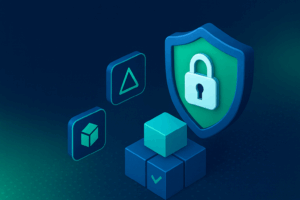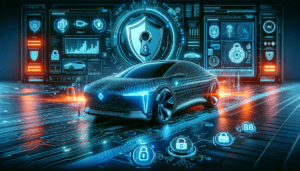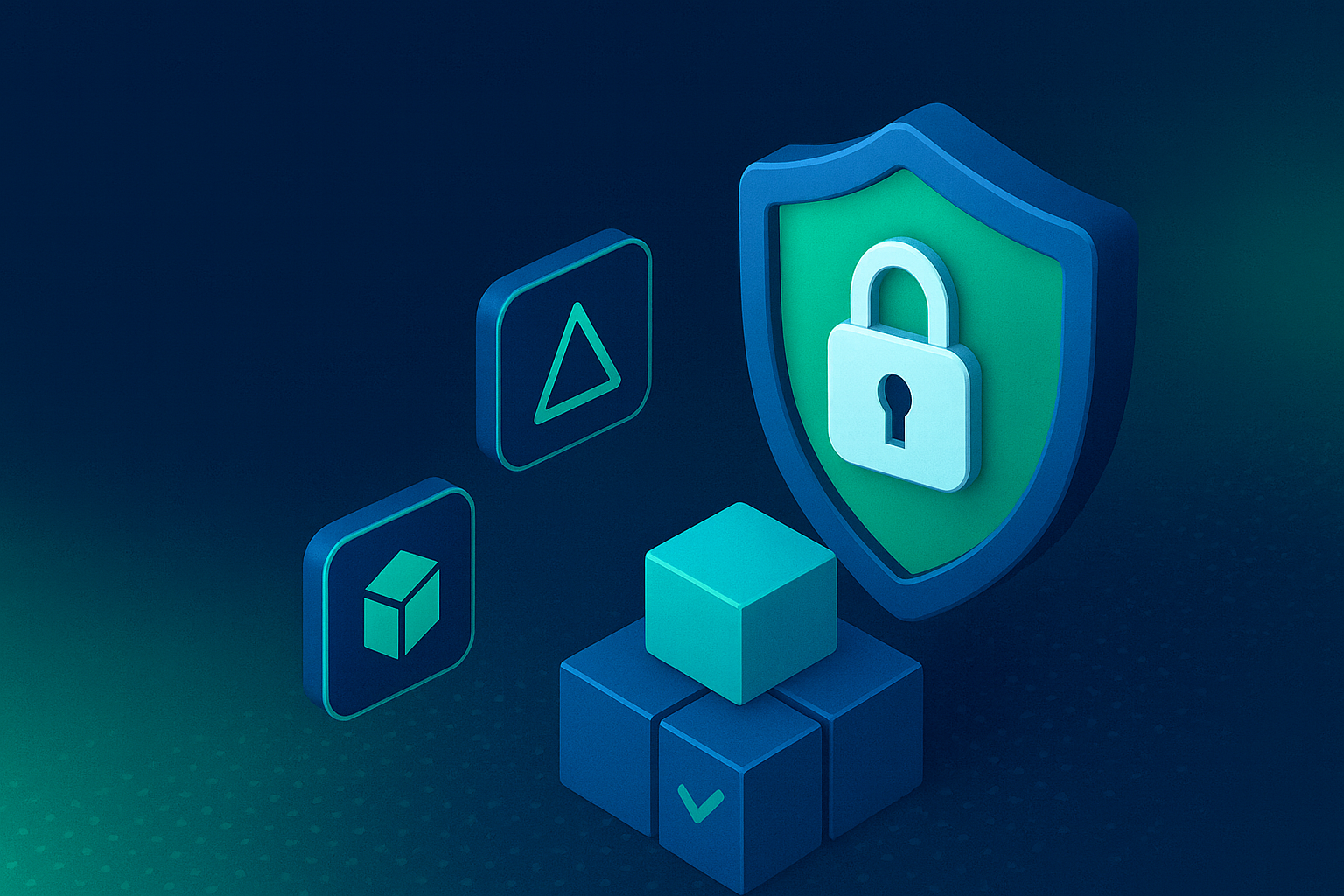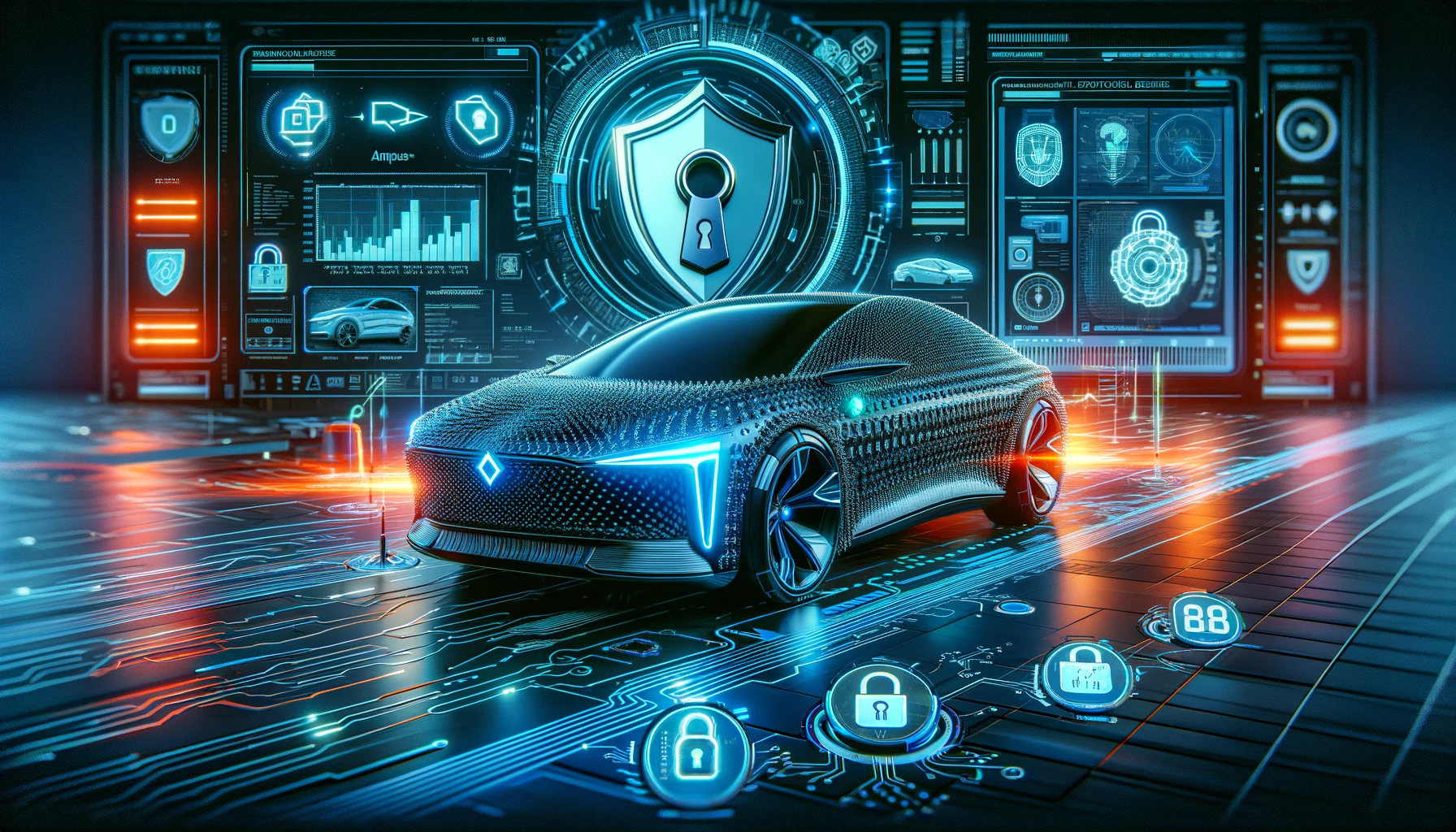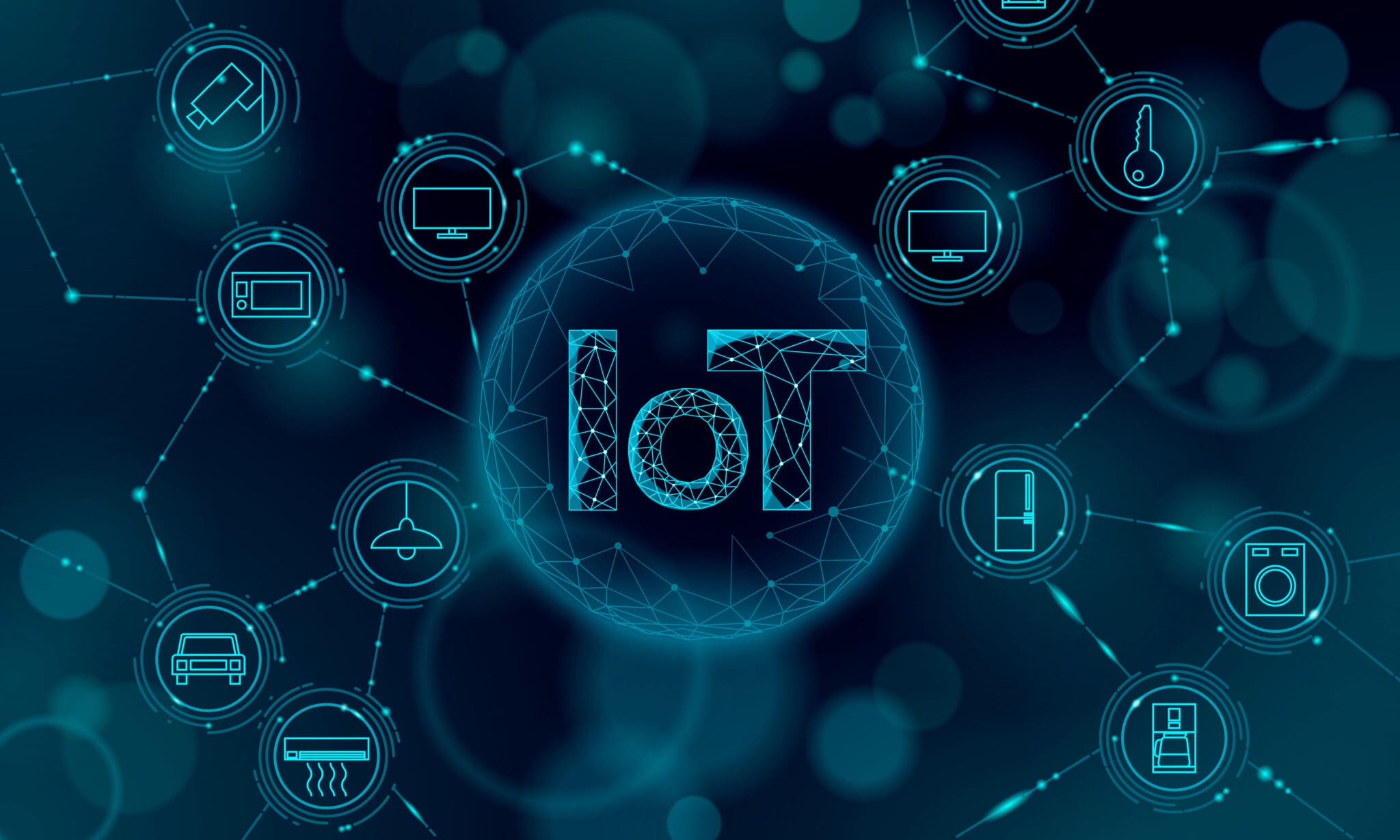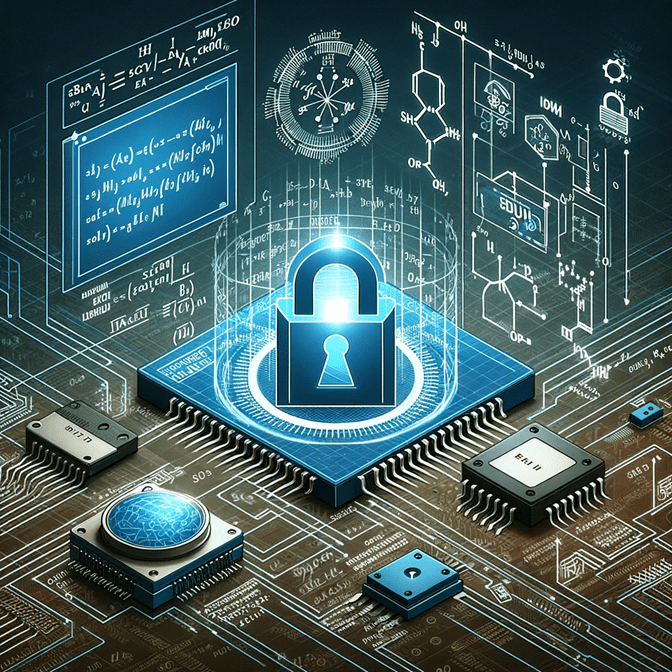Cybersecurity for Good
Delivering Trust Through <br>Security-by-Design,<br>Deductive Formal Methods,<br>Trusted Software Solutions,<br>Security Expertise,<br>Certification,<br>Reliability
Cybersecurity for good
ProvenRun is a leading provider of trusted software solutions with extensive expertise and an unwavering commitment to security. We focus on critical industries such as Cloud, Telecom, Web3/BlockChain, Automotive, Aerospace and Defense, and the Internet of Things (IoT). We are pioneers in formal methods and security evaluation techniques to reach the highest levels of security-by-design for complex software.
With a track record of successfully delivering secure software products and certifications, we have earned the trust of our clients and partners. Our dedication to staying at the forefront of security advancements, continuous research and development, and adherence to industry standards solidify our commitment to providing innovative and reliable solutions to build digital trust.
Established in 2009, ProvenRun pioneered formal methods and security evaluation techniques to reach the highest levels of security-by-design for complex software. ProvenCore is the first and only operating system to achieve Common Criteria security certification at the highest level (EAL7). It’s the absolute best foundation for IoT security. OEMs and tier 1 suppliers in Aerospace and Defense, Automotive, and Semiconductors can develop and certify applications faster, anticipate future regulatory requirements, and reduce lifecycle maintenance costs. ProvenRun’s security technology builds digital trust, by leading large-scale deployments and raising the bar on security industry standards.
Our Products
ProvenHSM
ProvenHSM is a next-generation HSM that combines strong certifications with cloud-ready performance. Built on the formally proven ProvenCore OS and supporting PQC, it offers high throughput, large secure storage, elastic multi-tenant scaling, and easy integration through standard REST and PKCS#11 interfaces. A SDK lets you add applications without losing certifications, making ProvenHSM a secure and future-proof choice for cloud, identity, and data protection needs.
ProvenCore
ProvenApps
ProvenCore-M
Comprehensive Support and Services
ProvenRun provides comprehensive support and services to its customers, including development tools, documentation, training, certification support and technical assistance. Our team of experts is readily available to help customers integrate and deploy ProvenRun’s solutions effectively, ensuring a smooth and successful implementation process.
Software
Professional Services
Support

- Secure OS and Trusted Execution Environments: ProvenCore, ProvenCore-M, ProvenVisor
- Trusted Applications
- Certification kits
- Software Development Kit to boost your development of trusted applications in C and Rust
- Consulting: risk analysis, security architecture, certification support
- Engineering: Secure Boot, TEE development, trusted application development
- Training led by experts in security and embedded software development
- Product documentation and knowledge base
- Support packages and technical advice from developers, engineers, and architects
- Board support packages for Arm and RiscV micro-processors and micro-controllers
Software

- Secure OS and Trusted Execution Environments: ProvenCore, ProvenCore-M, ProvenVisor
- Trusted Applications
- Certification kits
- Software Development Kit to boost your development of trusted applications in C and Rust
Professional Services

- Consulting: risk analysis, security architecture, certification support
- Engineering: Secure Boot, TEE development, trusted application development
- Training led by experts in security and embedded software development
Support

- Product documentation and knowledge base
- Support packages and technical advice from developers, engineers, and architects
- Board support packages for Arm and RiscV micro-processors and micro-controllers
Comprehensive Support and Services
ProvenRun provides comprehensive support and services to its customers, including development tools, documentation, training, certification support and technical assistance. Our team of experts is readily available to help customers integrate and deploy ProvenRun’s solutions effectively, ensuring a smooth and successful implementation process.
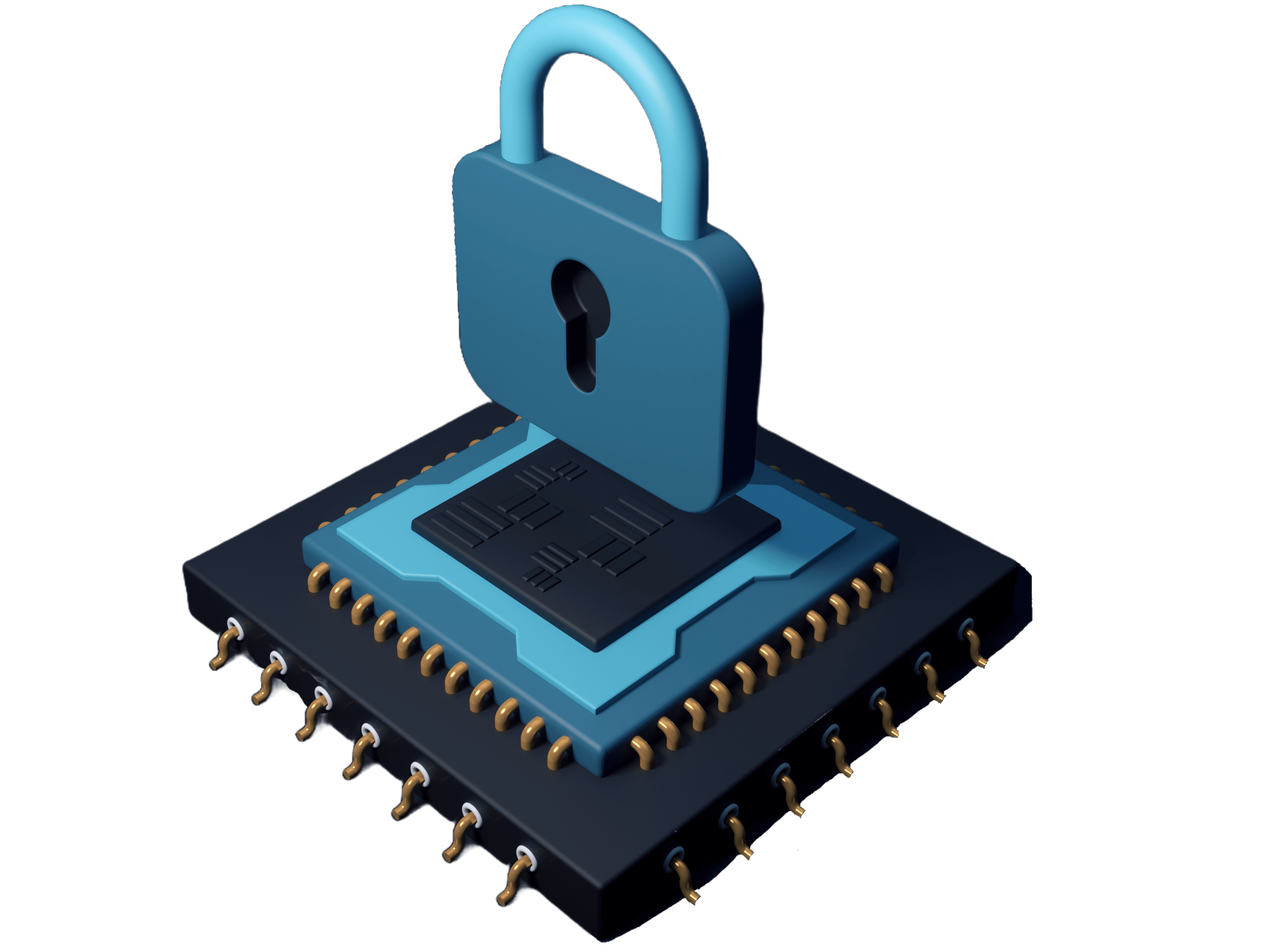


Certification and Compliance

Industry Focus

Commitment to Continuous Improvement
Composite & Delta Certification: The Next-Gen HSM Approach for Cloud, Telecom & Web3
Reconciling Security Certification and Product Introduction In today’s cloud, telecom and Web3 landscapes, hardware security
Head of Product ProvenBox
Business Developer ProvenBox 📍Location Location: Paris (75017), France | Permanent contract (CDI) | Hybrid workDomain:
Business Developer ProvenBox
Business Developer ProvenBox 📍Location Location: Paris (75017), France | Permanent contract (CDI) | Hybrid workScope:
Field Application Engineer ProvenBox
Field Application Engineer ProvenBox 📍Location Location: Paris (75017), France | Permanent contract (CDI) | Hybrid
Field Application Engineer – Embedded Cybersecurity
Field Application Engineer - Embedded Cybersecurity 📍Location Location: Paris (75017), France | Permanent contract (CDI)
ProvenRun participates to secure on-board communications on Ampere’s future SDV platforms
ProvenRun participates to secure on-board communications on Ampere's future SDV platforms. Paris, 8th January 2024Through
CyberSecurity-thon
Defense Against Blackhat
Composite & Delta Certification: The Next-Gen HSM Approach for Cloud, Telecom & Web3
Reconciling Security Certification and Product Introduction In today’s cloud, telecom and Web3 landscapes, hardware security
ProvenRun participates to secure on-board communications on Ampere’s future SDV platforms
ProvenRun participates to secure on-board communications on Ampere's future SDV platforms. Paris, 8th January 2024Through
ProvenRun secures €15 million Series A to accelerate its growth in security-by-design for the Internet of Things (IoT)
ProvenRun secures €15 million Series A to accelerate its growth in security-by-design for the Internet
Cybersecurity for the IoT: How Trust Can Unlock Value
Cybersecurity for the IoT: How Trust Can Unlock Value Currently, IoT is at a crossroads,
Formal Methods: The Optimal Approach for Developing Secure Operating Systems in Embedded Devices
Formal Methods: The Optimal Approach for Developing Secure Operating Systems in Embedded Devices In the
Protecting Customer Devices in Smart Homes with Trusted Execution Environments
Recent Cyber Threats in Smart Homes: A Wake-Up Call Before diving into the importance of
